Vision and Patience
Words by Benjamin Crouch. Photos by Stacey Vaeth.
Planting a garden is a leap of faith. A vision through time. Imagine that young plant in a few months or years. Will it fit the space then? Will it require training to mature into elegant form? Will it have the resources it will require as a mature plant? These are questions of design that will help to bring the vision to life, but a great plan requires patience. Great gardens must be grown.
There is thrift in patient gardening. After all, correcting mistakes is costly. There is no substitute for materials that are well-made or produced, but expensive does not necessarily imply sound quality. As illustrated here, young, inexpensive plants can outperform larger, more expensive ones. The following photos from a garden in Roslindale, MA also demonstrate that edibility and beauty are compatible values in a garden.
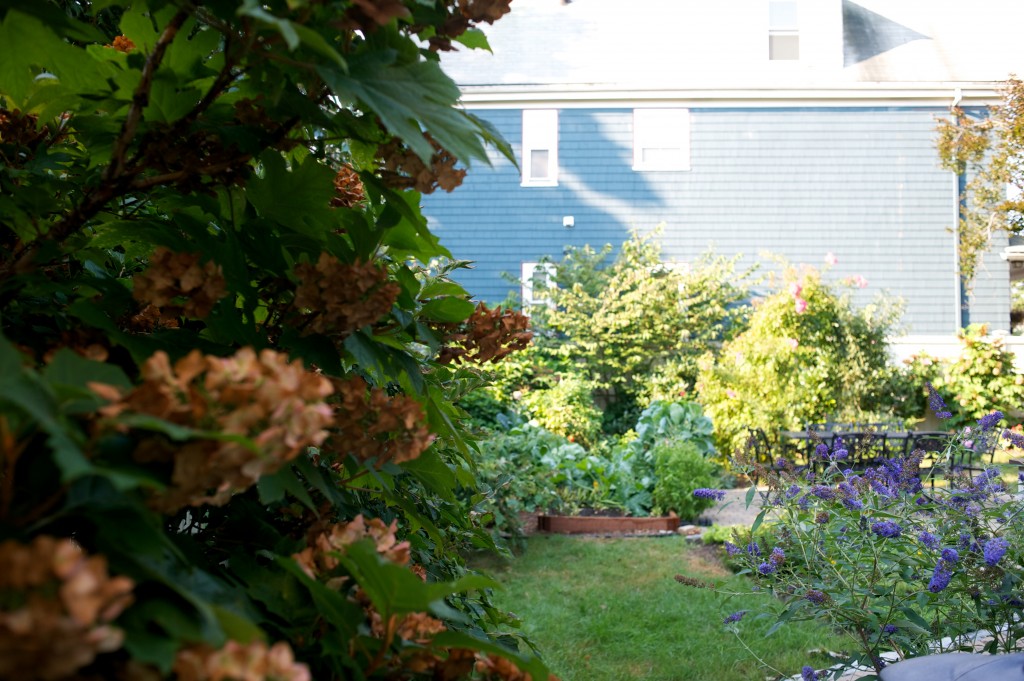
A garden transformed. A pre-existing hedgerow frames the border at the entry to the back yard. In the interior, new shrubs, flower patch, vegetable beds, and edible perennial garden were added to reduce the footprint of the lawn, increase the harvest, and enhance the look. A new butterfly bush in full bloom marks the right side of the entry path while a mature oak-leaf hydrangea blooms to the left in the foreground.
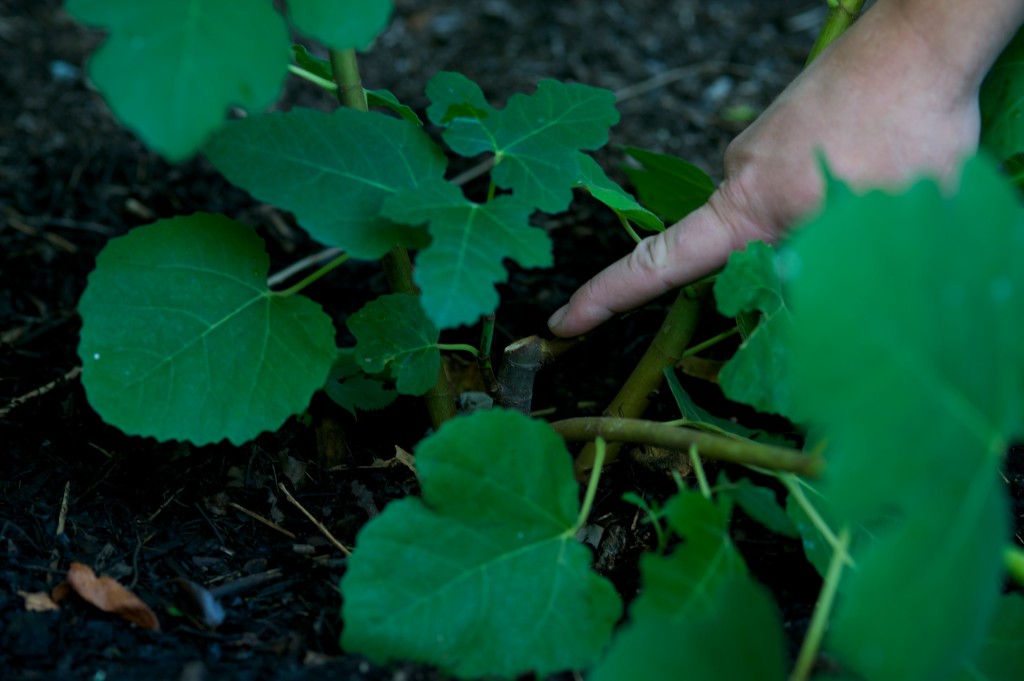
A brown turkey fig planted bare root. The cut represents the size of the plant in the spring. Note the unusual shapes of the leaves. Figs add an unusual texture as a garden shrub with delicious edible fruits that ripen in late summer.
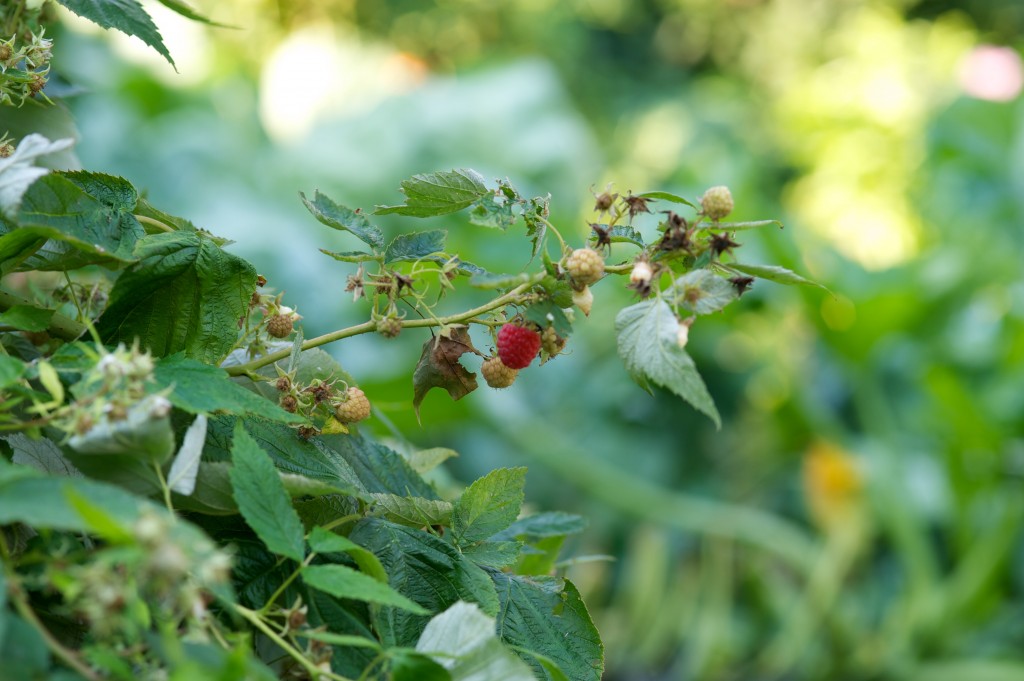
A raspberry patch with multiple varieties continues the hedgerow against the fence. Multiple and “ever-bearing” varieties yield plentifully from July into October. Underground barriers to rhizome growth contain the spread of the plants. Annual pruning insures fertility while taming the sometimes unruly canes.
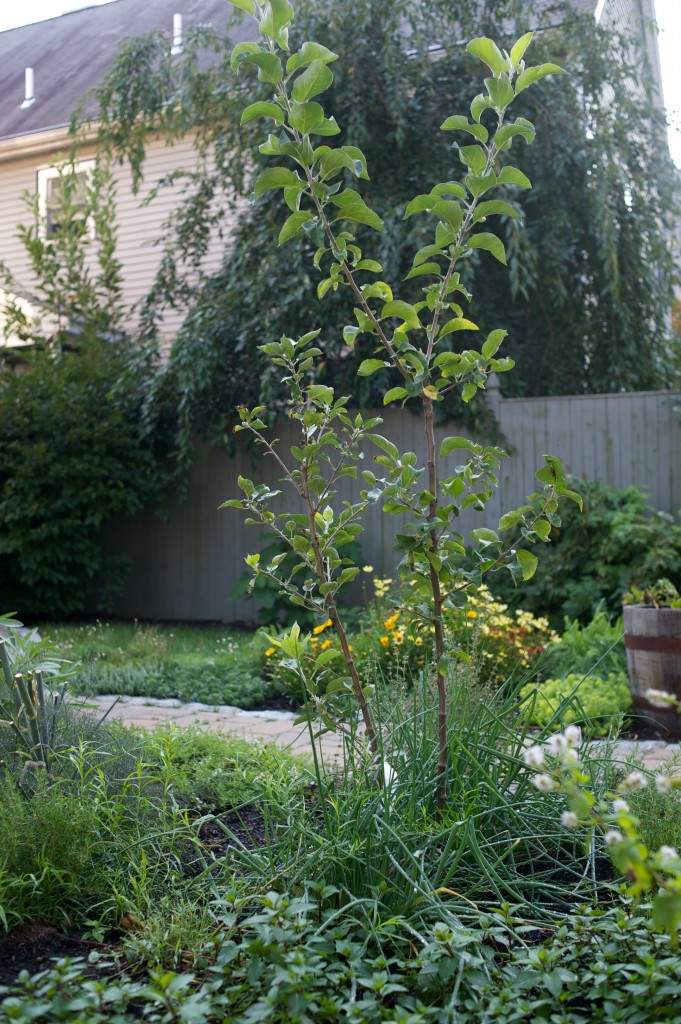
A pair of mini-dwarf apples planted in tandem among perennial culinary herbs. The two will be trained in the form of one tree to avoid crossing branches and crowding. Most apples require cross-pollination to maximize yield. For easy care and harvest, these trees will grow to 6′ in height, perfectly filling the space.

Chives planted around the base of the trees deter pests such as borers and can be harvested for the kitchen.
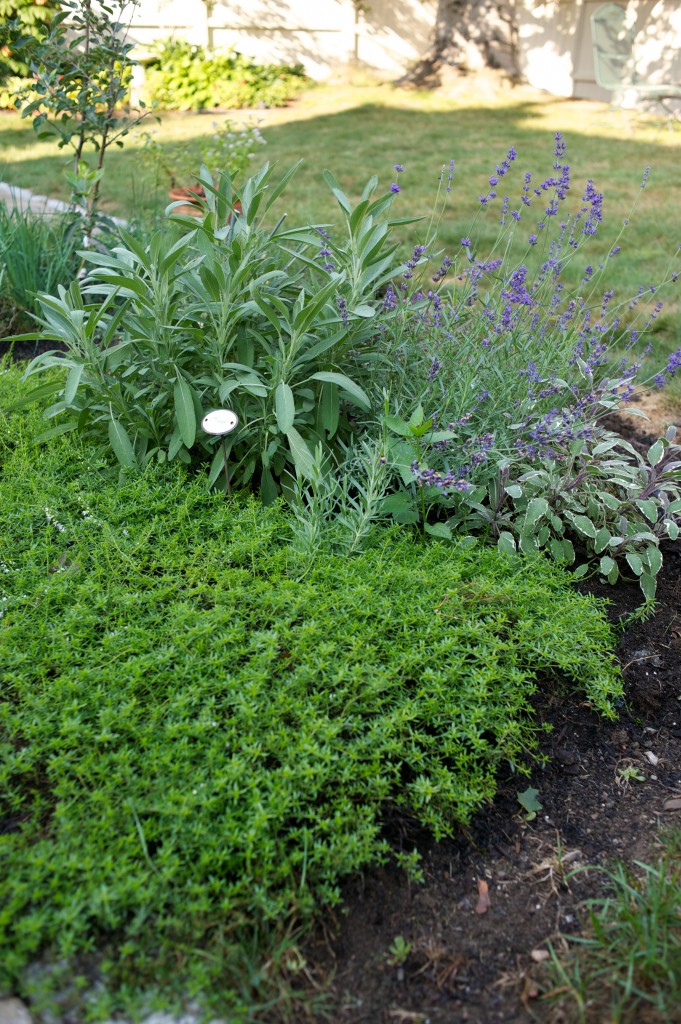
A full complement of kitchen herbs fills the rest of the bed. Savory herbs deter pests and provide a nectary source for the larvae of helpful predatory insects. Pictured are common and variegated sage, lavender and winter savory. Oregano and tarragon (not pictured) round out the herb plantings. All plants came in 4″ pots and grew to fill the space.
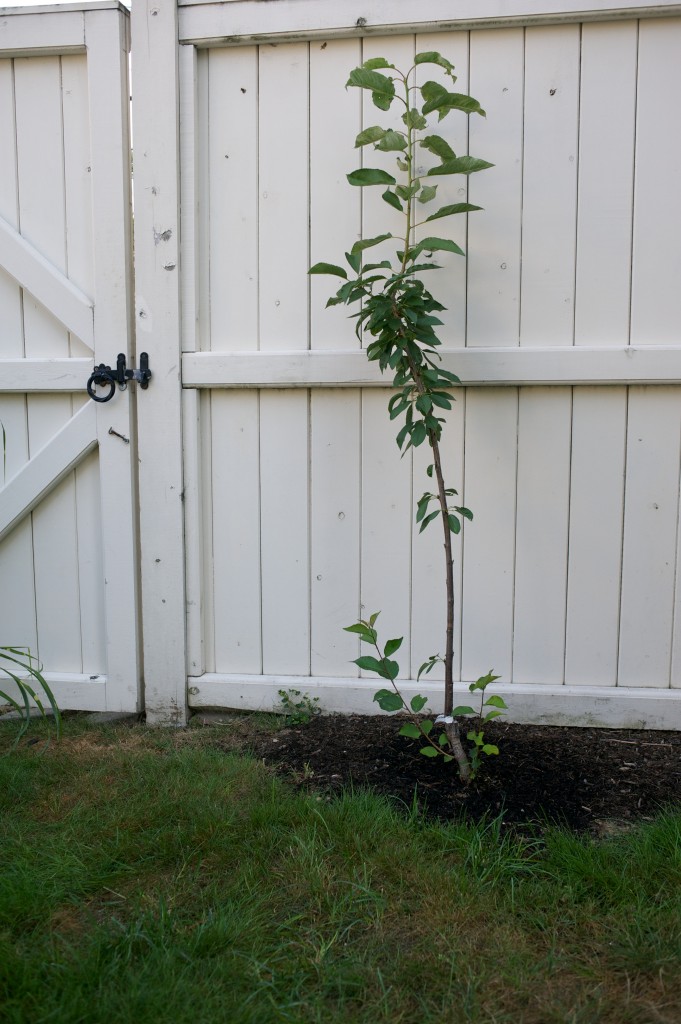
A dwarf sweet cherry to be espaliered along the fence. The client wished to fill all marginal spaces with a range of useful, attractive plants.
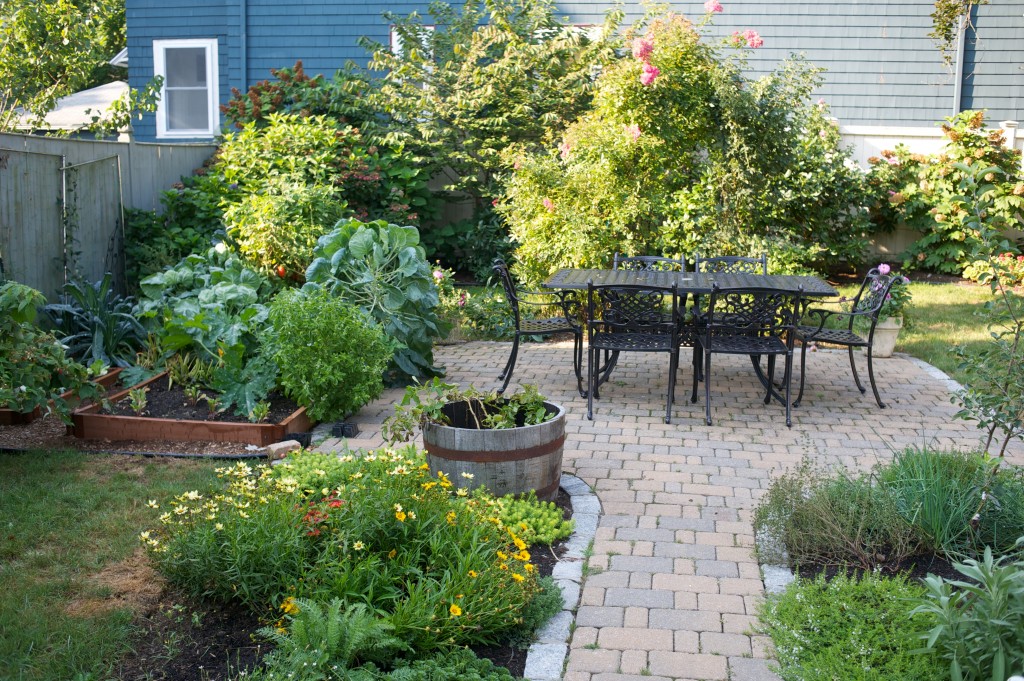
Annual vegetables round out the complement of edibles in the landscape. A bottomless whiskey half-barrel contains a planting of potatoes. Filling the barrel with leaf mulch as the plants grow encourages them to sprout additional tubers for harvest. Two 8’x4’x6″ raised beds contain multiple vegetable plantings. In addition, a flower bed with tickseed, yarrow, blanket flower, lupine, pinks, and sedum provides blooms throughout the growing season and additional nectar sources for helpful insect predators and pollinators.
Your garden may be heaped in snow now, but in a few short weeks crocuses will bloom, buds will swell and the ground will be workable. Contact me now to start planning your spring project.
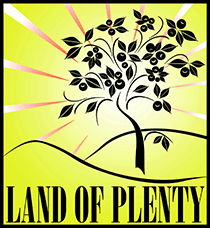
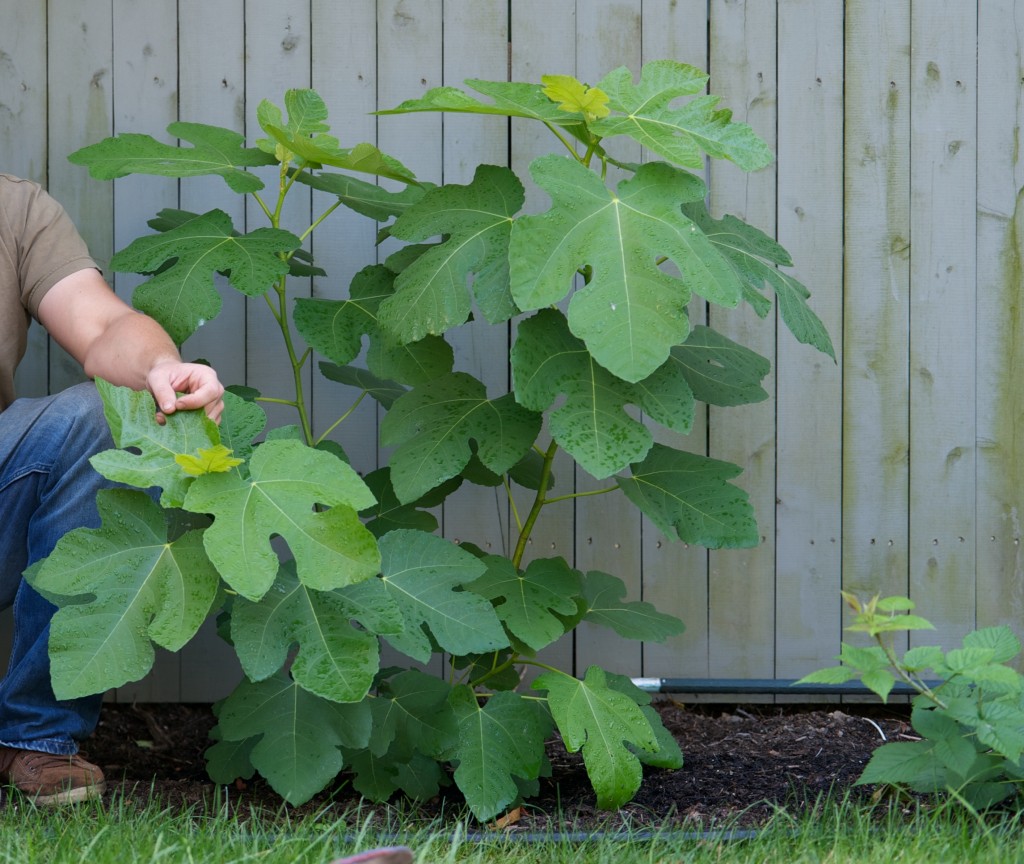






Hi Ben,
Will Brown Turkey Figs overwinter up here? I live in Providence.
Hello Janice. Brown Turkey Figs are rated Zone 7. They are generally appropriate for planting in urban coastal areas in New England.
I should say that they are appropriate for lower elevations in Southern New England cities.